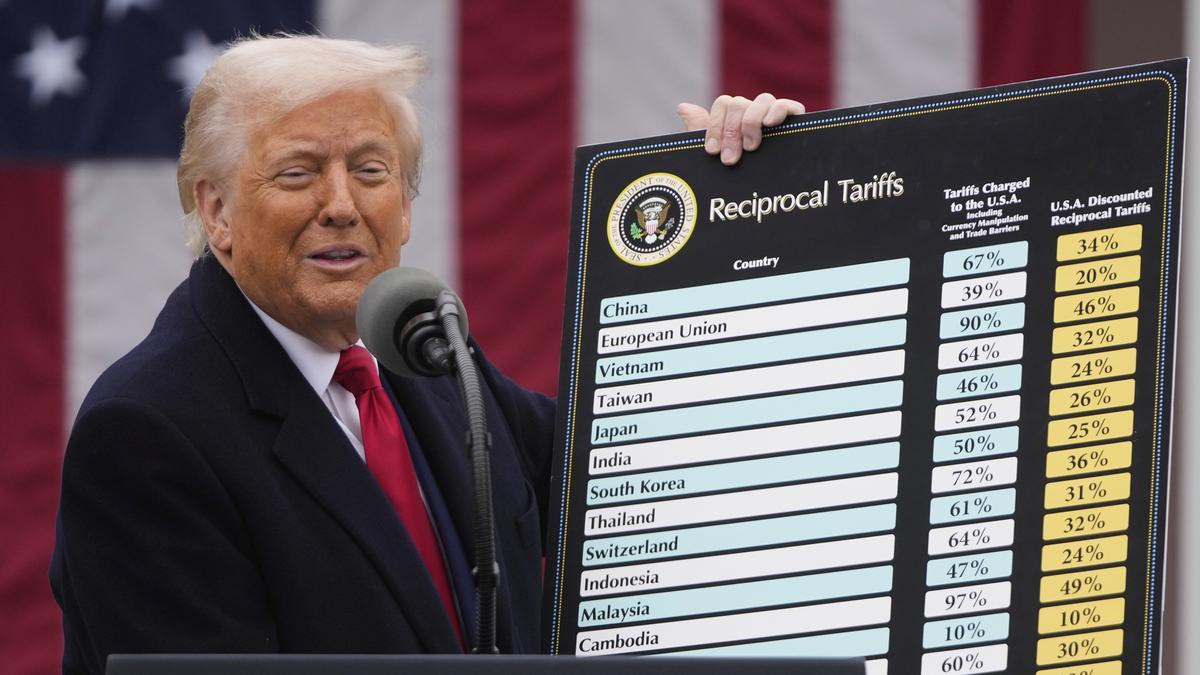The 2020 Indian Premier League, also known as IPL 13, is scheduled from 19 Sep to 10 Nov 2020.
The tournament will take place in UAE at three locations.
A total of 60 matches would be played by 8 teams in the double round-robin and knockout format.
Let’s take a closer look at this extremely popular festival of cricket to understand what makes it tick and how it all works- basically the economics of it.
The IPL was valued at $3.2 billion dollars in 2014 and $5.3 billion after the 10th in 2017. Experts disagree on the exact value today but they all agree that it exceeds $ 10 billion. The business model goes something like this. The teams, named after cities or states, are owned by corporate houses and Bollywood celebrities. Owners are allotted teams through a bidding process and, once the teams are allotted, cricketers from India and other countries are put to auction. A cap on the maximum amount is fixed to make bidding more fruitful. That meant teams would ‘buy’ cricketers within the maximum amount equally fixed for all the teams. They could let go of any player the next year or retain the players by buying them again.
Sponsorship. VIVO got the sponsorship right after a successful bid for IPL 5 years, from 2018-2022. It worked out to 440 crores per year. And there are other sponsor partners like “Official Umpire”, “Title Sponsor” and “Official time out”. Around 60 percent of the IPL’s revenue is from sponsorships. Fifty percent of this is distributed amongst the franchises i.e. is team owners.
Broadcasting rights. The other source of revenue for IPL is broadcasting rights. The IPL broadcasting deal works out to over 54 crores per match. The Broadcaster in turn signs deals with co-sponsors and associate sponsors for airing their advertisements. As per the agreements between BCCI and the team owners, 50% of this money goes to the franchises.
Team Sponsors. Direct sponsorship forms 20 to 30 percent of a team’s revenues. Franchises are usually able to sign on 12-15 sponsors each season. Leading franchises earn between Rs 50 and 60 crore through direct sponsorships, while the rest make 30 to 35 crore.
Ticket Sales. In 2016, IPL as a whole generated nearly 160 crore rupees through just ticket sales. Ticket sales are another source of revenue for the teams, accounting for roughly 10% of team revenues.
Merchandising. Merchandise that includes T-shirts, Caps, Wristwatches, etc. Globally, sports retail sales make up $25.3 billion, which constituted 9.6% of the overall $262.9 billion of global retail sales of licensed merchandise. In 2016, Indian retail sales of licensed products was at $1.4 billion, of which only $18 million was through sports merchandise. This is a big market waiting to explode.
The Experience. The Indian Premier League provides regular people with an opportunity to hang out with celebrities and cricket stars and also promises a magical experience while watching an engrossing game of T20 cricket. The MNCs, Business houses, politicians, and movie stars celebrate this two-month-long festival unabashedly. It gives them visibility and opportunity to connect with cricket crazy fans.
Hosting Mega Sports Events. There are many benefits that a host nation reaps by holding such mega sports events. Host countries can see an increase in trade, which can also lead to increased foreign investment. Many countries upgrade communication and transportation systems, buildings, infrastructure, and housing. These measures can help revitalize areas in need of updates and can also help to increase the productive capacity of the economy. Host countries see increased travel and tourism-related spending since people from across the world are visiting to watch the Games. This can marginally help contribute to economic growth. There’s also a “feel good” effect and sense of pride felt throughout the country.
It would be evident that only 8 IPL teams, BCCI staff and functionaries, Broadcasting staff, media person, and sports commentators would be the only handful of people travelling to the host country. And one would believe that it would be uneconomical to hold such an event in India. If this edition of IPL is to be watched on television by fans sitting along with family and friends then why UAE has agreed to host it in the midst of Pandemic.
What’s in it for UAE? It is big money which once again will be infused into the economy of other nation and the net loser would be India.
The infrastructure, communication, and transportation system already exist in India. We have the world’s largest cricket stadium and hundreds of cricket grounds where such an event can easily be hosted. And it is not a handful of people travelling with a shoestring budget. Millions are at stake and it is one of the biggest annual sporting festivals of India whether we like it or not. The sponsors, cricket teams, broadcasters, media, celebrities everyone whos’ who will be travelling to the venue and spending millions to make it successful.
Each team consisting of 28 players excluding other specialists. The actual number would run into more than 100 if we include trainers, coaches, fitness experts, medical experts, etc. The total number for 8 teams would run into more than a few thousand.
The media, sponsors, BCCI staff, and sports functionaries itself would run into another thousand.
The venue and cricket ground would require an equally large number of people for the upkeep of facilities.
Hosting such a mega event can revitalize the economy of a city/region or state. It can give a boost to the Hotel, Food, and Travel industry which has taken the heaviest brunt of the present pandemic. In my humble estimate, each player or member would generate direct employment for 100 people and which in turn will boost the regional economy. The indirect and other intangible benefits and advantages cannot be estimated because I am not an economist. These sixty days are not just ordinary days in India or the Indian Subcontinent. These are the days when nothing else matters other than cricket, food, drinks, and advertisements.
Can you imagine holding English Premier League out of UK or Super Bowl out of America?
Can you imagine Academy Awards being held at any other place other than Los Angeles California?
But we Indians are different. Unless we shift the venue abroad, we feel that it may lose the charm or attraction. Where is the pride? IPL is only Indian for the namesake.
The IPL 2020 trophy is open for grab, the BCCI will be richer but the host country UAE would be the winner at the bank. UAE stands to benefit by millions of dollars being injected into its local economy as thousands of team members, media persons, journalists, sponsors, and celebrities descend upon it. Are we so superficial and so easy to be appeased by a mere change of sponsor? I think not.
The mindset and thinking have to change. Otherwise, “Make in India” and “Atmanirbhar Bharat” will merely remain slogans like “Garibi Hatao”.
What is your opinion?
Jai Hind.
Title Image Courtesy https://cricketaddictor.com/
Disclaimer: The views and opinions expressed by the author do not necessarily reflect the views of the Government of India and Defence Research and Studies








